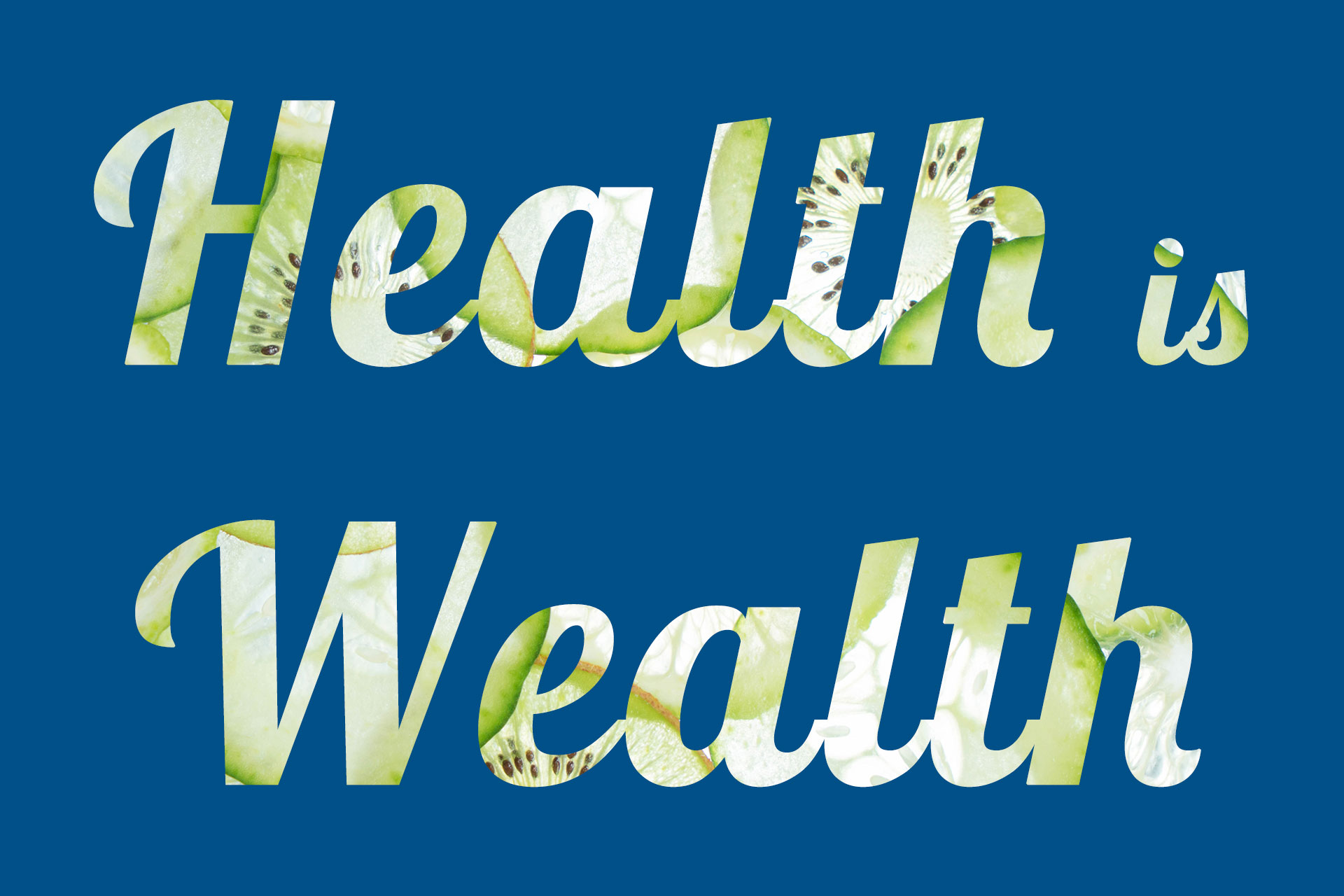
Preventing disease and injury can be accomplished by focusing on factors that are a risk to one’s health status. Based on the work of Weber and Bourdieu, the health lifestyle theory was developed in 2005. It emphasises how one’s well-being is affected by lifestyle factors. Healthy lifestyles are defined as “collective patterns of health-related behaviour based on choices from options available to people according to their life chances” (Cockerham, 2017). The most common factors when evaluating a healthy lifestyle are alcohol consumption, smoking, diet, and exercise.
This theory maintains that one’s choices are not random or unconnected. Instead, a pattern is based on structural factors such as social class, gender and age. And one should consider these factors when assessing lifestyle choices. Disadvantaged communities are commonly at greater risk of poor health and well-being. This highlights the need for affordable ways to prevent disease and maintain health, which may be attained by following a healthy lifestyle.
Physical activity, which reduces the risk for non-communicable diseases, may offer a cost-effective way to maintain health and prevent disease. For one to be classified as physically active, one needs to partake in 75 minutes of vigorous or 150 minutes of moderate-intensity physical activity per week (ACSM, 2018). Physical inactivity is estimated to account for 6% of deaths globally (van der Ploeg et al., 2012). In addition to mortality, too much sedentary time can also contribute to loss of body function, weakness, poor body composition and reduced range of motion. This in turn may impact mobility, independence and quality of life.
Although the terms are often used interchangeably, there is a difference between exercise and physical activity. Exercise is defined as deliberate bodily movement carried out with the purpose of improving health and fitness. On the other hand, physical activity incorporates any bodily movement that requires an increase in energy expenditure compared to resting. It is important when assessing one’s physical activity levels to consider not only their exercise level (leisure), as one can be physically active in three other categories: work, household and transport. Such activities may be equally strenuous and beneficial to health and well-being.
The list of benefits of being physically active are endless, ranging from managing a healthy weight to preventing chronic disease and to improving functional ability. There are also various modalities, types and intensities at which one can exercise which allow for various benefits as well as to individual interests and needs. The role of exercise is becoming increasingly important in contributing to one’s health and well-being. And with the vast variety of exercise options, it allows you to enjoy your exercise while reaping the benefits of doing so.
To end off this month’s article with one simple quote, which may be more relevant having come through a pandemic:
“HEALTH IS WEALTH”
Ralph Waldo Emerson, 1860
American College of Sports Medicine. (2018). ACSM’s Guidelines for Exercise Testing and Prescription. Tenth ed. Philadelphia: Wolters Kluwer.
Cockerham, W.C. (2016). Health Lifestyles. Available from: https://onlinelibrary.wiley.com/doi/full/10.1002/9781405165518.wbeosh008.pub2
Cockerham, W.C. (2017). Health Lifestyle Theory. Available from: https://onlinelibrary.wiley.com/doi/full/10.1002/9781118430873.est0160
Van der Ploeg, H.P., Chey, T., Korda, R.J., Banks, E. & Bauman, A. (2012). Sitting time and all-cause mortality risk in 22 497 Australian adults. Archives of Internal Medicine, 172(6): 494-500.
World Health Organisation. (2002). World Health Report: 2002. Available from: https://www.who.int/publications/i/item/9241562072

Rebecca holds a Bachelor of Biokinetics from the University of Johannesburg (UJ). She is passionate about rehabilitation and health management, especially in those with chronic diseases and disabilities.
She is also qualified in Sports massage (HFPA) and CPR.
Connect on LinkedIn